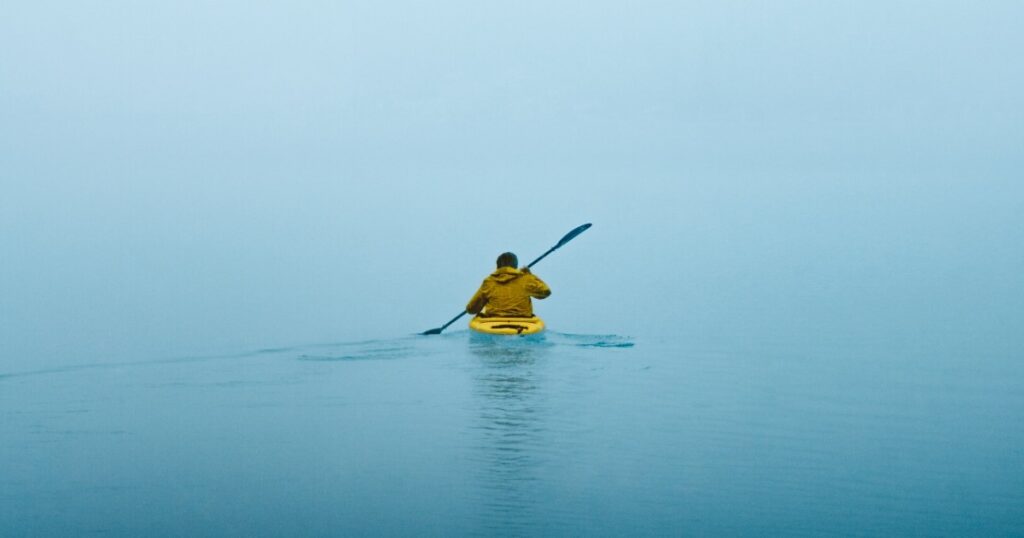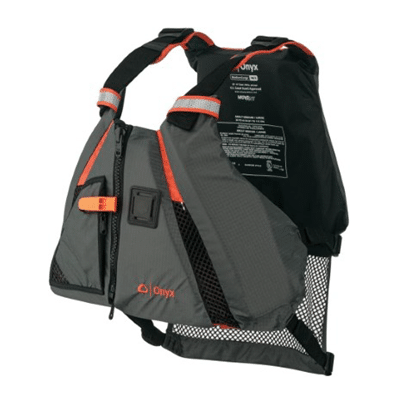Instructors often warn beginner kayakers, “Never kayak alone.” Do they mean the more the merrier? Not really. They say to kayak with others because it’s safer. But what if you’re determined to go by yourself? You can, but you’ve got to prepare. Keep reading to find out about how to stay safe when kayaking solo.
What You Need to Know About Kayaking Solo
Knowledge, experience, and diligence are key to protecting yourself. You’ve got to minimize the risk of potential accidents.
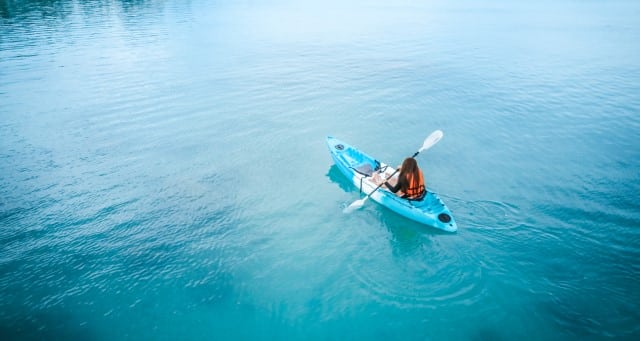
Make sure you take a kayaking course from a certified professional instructor before kayaking solo. There’s a lot to learn, including paddling techniques, emergency procedures, and more.
To stay safe on the water as a solo kayaker, you’ve got to know all the right safety tips and must-have safety gear. And that’s exactly what I’m going to explore below.
Let’s get started!
Safety Tips for Kayaking Alone
Here are the most important safety tips for kayaking solo.
Know the Location
Do your research and study the terrain thoroughly. Make sure it’ll be easy for you to get back ashore.
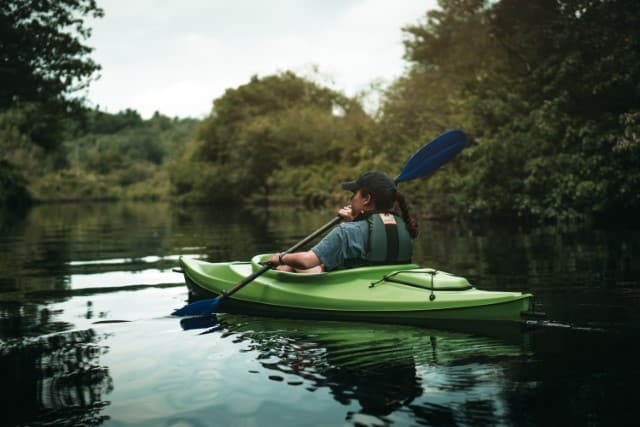
Remember, not all boats are built equal. Find out whether the boat you have or are going to rent is going to be suitable for the location.
Knowing the terrain will help you choose and plan well. It will keep you safer.
Know Your Kayak Gear
It’s not enough to just have the right gear. You’ve also got to know how to use it.
As I mentioned earlier, taking a course from a certified instructor is key here. Your instructor will make sure you will have the knowledge you need.
Check the Weather
When traveling, make sure you know what the weather is going to be like. While weather conditions can change, you should be prepared to adjust accordingly.
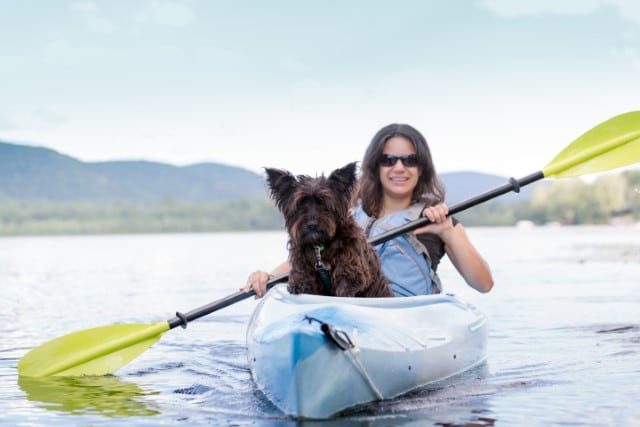
Avoid kayaking when there are high winds and waves. Knowing the weather conditions can also give you a heads up about what you should pack with you.
Inform Family and Friends You’ll Be Kayaking Solo
When kayaking solo, it is a good idea to inform your friends and family about where you are going. Make sure you are providing them with a basic plan of where you are going and the route you have planned.
You should also tell them your times of arrival and departure.
Don’t Drink and Paddle
Paddling is just like driving in this way. Never drink and paddle.
Keep a clear head and stay safe!
Pack Right
Create a checklist of things that you need, and make sure you pack everything that you need. This includes safety gear, clothes, water, and food.
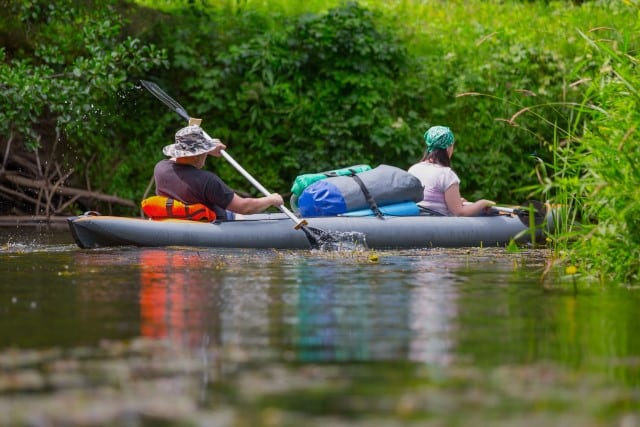
While many people like to pack light these days, it is important to have all the essentials with you. Make sure you have a warm jacket with you that will help you if the weather decides to not play nice.
Must-Have Safety Gear for Solo Kayaking
Of course, having the right gear is crucial for staying safe on the water.
Personal Flotation Device (PFD)
Always have a PFD on you when kayaking. There are several different PFDs available on the market.
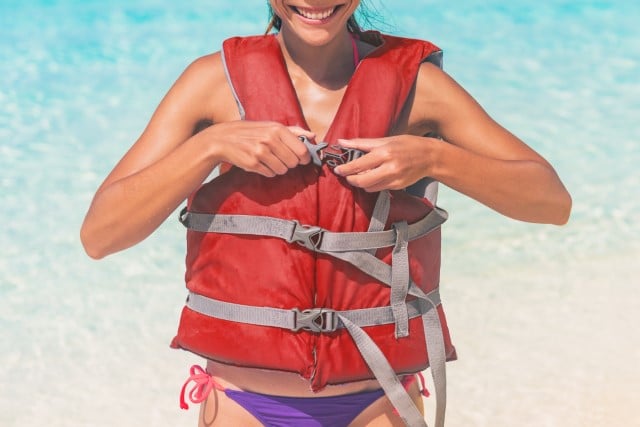
- Type I PFD: This type of PFD provides the most flotation. It is ideal for rough water or stormy circumstances. It helps unconscious victims safe by keeping their faces up and out of the water.
- Type II PFD: Suitable for calmer water and requires the wearer to tread along rough waters to keep their face-up.
- Type III PFD: This type of PFD is designed to be used in calm water and for quick rescue situations. It is highly advisable to not use this for longer survival situations.
- Type IV PFD: These are devices that are used for throwing overboard the boat. This keeps the person afloat until they are rescued.
- Type V PFD: These are life vests that are special use only and are also a very broad category. In most places it is a requirement to wear them at all times.
Having an understanding of the PFDs will better equip you with the knowledge of what to do and which device is more effective in the given situation.
Your Life Jacket Must Fit Correctly
Your life jacket PFD won’t keep you safer if it doesn’t fit correctly. Get your life jacket professionally fitted.
An improperly fitted life jacket can actually put you in greater danger on the water. Invest in a life jacket that fits you the way it should.
Cellphone
It’s best to keep a cell phone with you when you kayak, so you can call for help in an emergency.
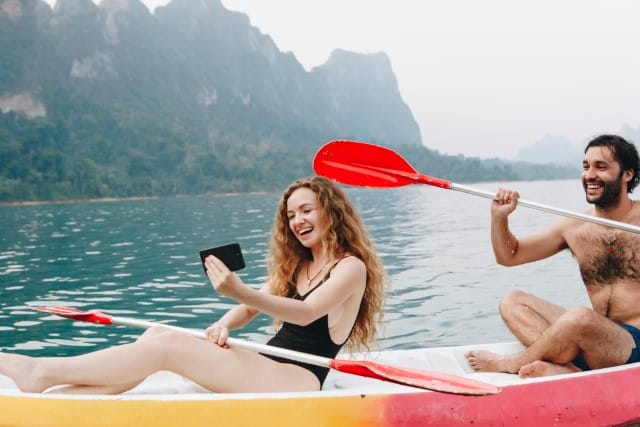
You can use its GPS if you get lost, too. If you’re like some kayakers, you’ll also bring a radio in case you need to signal.
Keep your cell phone in a dry bag (a waterproof bag) so it won’t get damaged.
Waterproof Whistles
Have a waterproof whistle on hand that you can use to call for help in an emergency.
Repair Kit
Another kayaking essential is a kayak repair kit. You’ll need this if your kayak gets damaged during your trip.
The repair kit should include basic tools like a pocket multi-purpose tool, pocket knife, tape, and rope.
First Aid Kit
Have a first aid kit with you on your kayaking trip. There are pre-prepared kayak first aid kits available on the market.
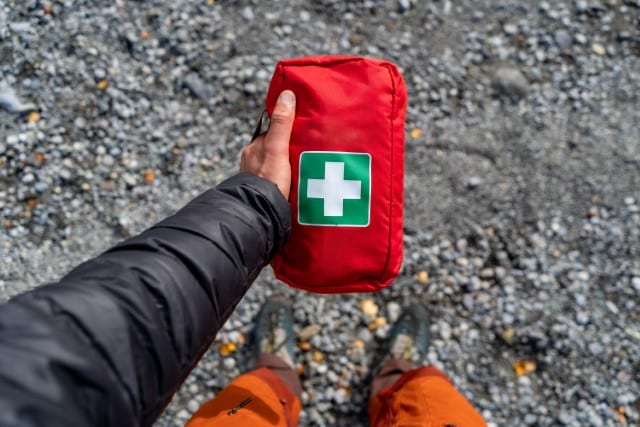
While you can put together your own kit, it’s better to buy a pre-prepared one. That way, you’re sure you have the items you need.
Flash Light
A flashlight is not only a good light source but it’s also a signaling tool if you get lost.
Don’t even think about depending on your cell phone as a flashlight. This will drain its batteries and just imagine what a disaster it’ll be if it falls in the water!
Bring some extra batteries for your flashlight, too.
Power Bank
Remember, there are no electrical outlets in the great outdoors! Bring a power bank with you for your cell phone.
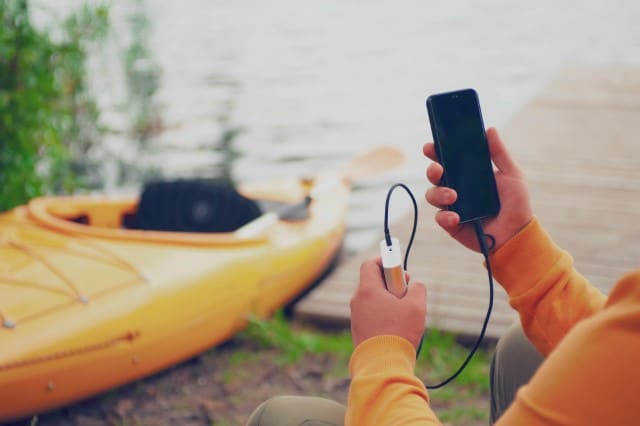
Look for a solar power bank. You can recharge it with the sun.
Flares
Flares are for signaling to get help in case of an emergency. Pack a couple of flares in a waterproof bag.
Final Thoughts on Kayaking Solo
While it’s always important to be a meticulous planner as a kayaker, it becomes even more crucial when you’re going solo. After all, there won’t be anyone else there to help you if something goes wrong.
Create a safety checklist and don’t forget any of the necessary gear I’ve talked about here. And remember the differences between solo kayaking and kayaking with others.
When you’re out on the water alone, you only have yourself to depend on. That’s why you must spend extra time on preparation!

